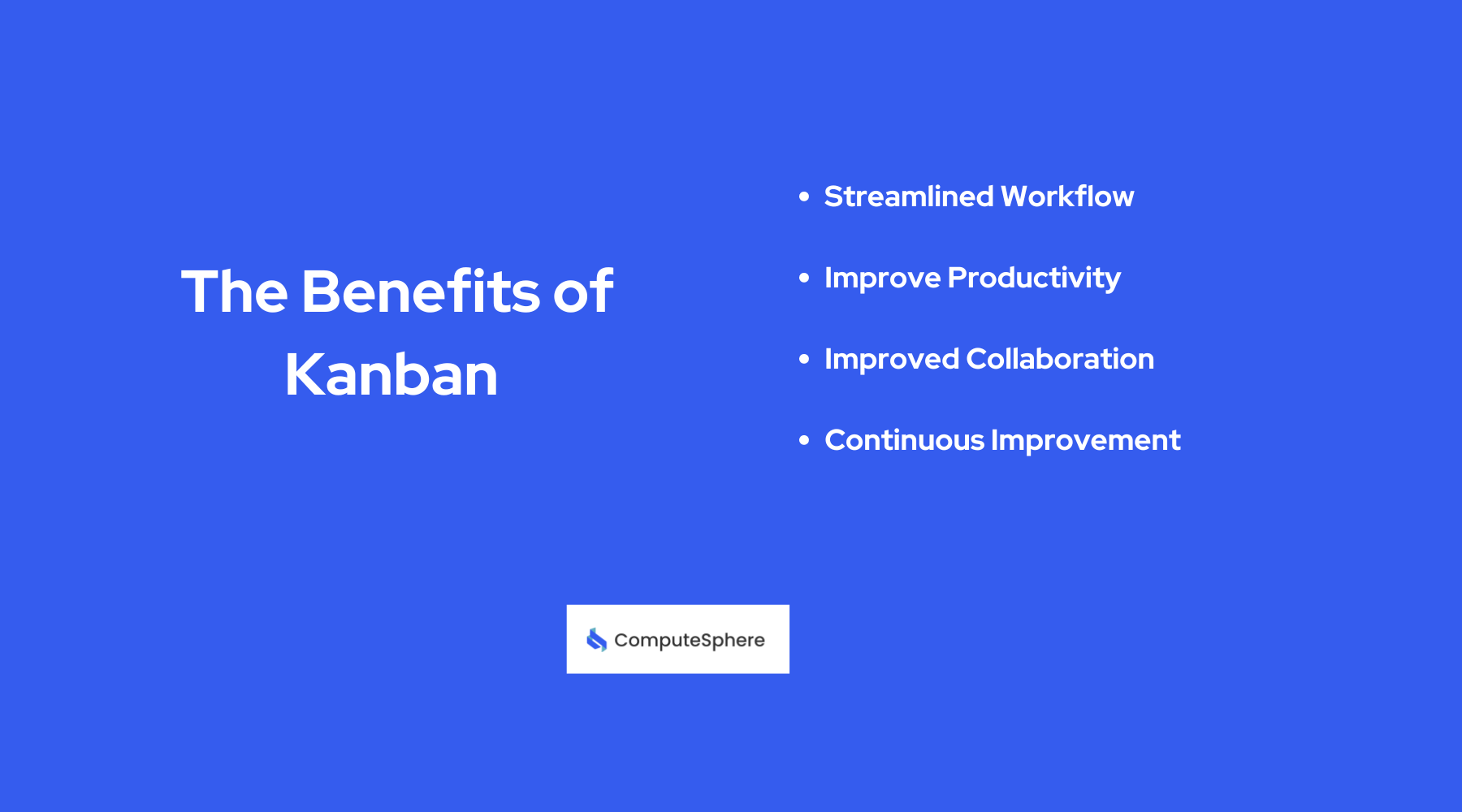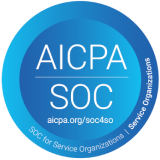What is Kanban? How to use Kanban Boards for Project Management

Many tools are available for managing workflows and projects. Kanban is recognized as a powerful tool for improving productivity, streamlining workflows, and developing continuous improvement. Kanban has expanded its industrial origins to become a fundamental element of agile project management practices across various industries.
This article highlights how to effectively implement Kanban boards in project management, and provides practical insights for optimizing your workflow.
What is Kanban?
Kanban is a visual project management methodology developed by Toyota in the 1940s. It revolves around three core principles: visualizing workflow, limiting work in progress, and optimizing flow.
The work items are represented on a Kanban board, typically organized into columns representing different stages of the workflow. It allows teams to track progress and manage tasks efficiently. The key to Kanban is setting limits on work in progress at each stage, which prevents overload and promotes a steady flow of work through the system.
Kanban encourages continuous improvement by analyzing flow metrics such as cycle time and output. It enables teams to identify obstacles and refine their processes to improve efficiency and productivity.
The Benefits of Kanban

Streamlined Workflow
Kanban allows teams to easily track the progress of work items. This transparency enables team members to quickly identify obstacles or areas where tasks are getting stuck. The teams can streamline their processes, and allocate resources more effectively by having a clear view of the workflow. It ensures that tasks move smoothly from start to finish.
Improve Productivity
Kanban's emphasis on limiting work in progress (WIP) prevents team members from taking on too many tasks simultaneously. The teams can maintain a manageable workload and avoid overburdening themselves by setting WIP limits for each stage of the workflow. This approach reduces multitasking, minimizes context switching, and ultimately leads to higher productivity and faster task completion.
Improved Collaboration
Kanban promotes collaboration and communication within teams by providing a shared visual workspace. The team members can easily see what tasks are in progress, who is responsible for each task, and what stage of completion they're at. This transparency promotes a sense of accountability and encourages team members to support each other, share knowledge, and work together towards common goals.
Continuous Improvement
Kanban encourages teams to continuously evaluate and refine their processes for optimal efficiency. It regularly analyzes flow metrics such as cycle time, lead time, and outputs to identify areas for improvement and implement changes to streamline their workflow. This approach ensures that teams are always striving to deliver higher-quality results and meet evolving customer needs.
Steps to Setting Up Kanban Board
Kanban boards come in various forms, ranging from physical boards adorned with sticky notes to digital tools equipped with advanced features.
To create a Kanban board, begin by defining the workflow stages that represent the journey of a task from formation to completion. Common stages include To Do, In Progress, Review, and Done, though the specific stages may vary depending on the nature of the project and team preferences.
Once the workflow stages are defined, populate the Kanban board with tasks or cards representing individual work items. Each task should be accompanied by relevant details, such as a brief description, assignee, due date, and any relevant attachments or links.
When the tasks are organized on the Kanban board, the next step is to establish work-in-progress WIP limits for each workflow stage. WIP limits act as guidelines that prevent work from building up and ensure a smooth flow of tasks through the system. By setting realistic WIP limits based on team capacity and project constraints, teams can maintain a balanced workload and minimize delays.
Using Kanban for Project Management
With the Kanban board in place, teams can change this powerful tool to streamline their project management processes and drive tangible results. Here are some key practices for effectively using Kanban in project management:
- Daily Stand-ups and Updates: Kick off each day with a brief stand-up meeting where team members discuss progress, blockers, and upcoming tasks. The Kanban board serves as a visual aid during these meetings, providing a focal point for discussions and enabling teams to quickly identify any obstacles or hindrances.
- Tracking Progress and Bottlenecks: Regularly update the Kanban board to reflect the current status of tasks and highlight any blockers or issues that require attention. By visualizing the flow of work, teams can identify obstacles, address them promptly, and keep the project on track.
- Collaborating with Team Members: Kanban promotes collaboration and transparency by providing a shared space where team members can collaborate, communicate, and coordinate their efforts. Whether co-located or distributed, teams can use the Kanban board to share updates, assign tasks, and seek assistance when needed.
- Adapting to Changes and Iterations: Flexibility is a characteristic of Kanban, allowing teams to adapt to changing priorities, customer feedback, and market dynamics. As new tasks arise or requirements evolve, teams can easily add, modify, or reprioritize tasks on the Kanban board, ensuring alignment with project goals and objectives.
Tips for more effective project management
While the core principles of Kanban are straightforward, there are several advanced techniques and best practices that can further improve its effectiveness in project management:
- Implementing Efficient Principles: Kanban is closely aligned with efficient principles, such as minimizing waste, optimizing flow, and empowering teams. By adopting efficient practices, teams can streamline processes, reduce lead times, and deliver value to customers more efficiently.
- Integrating Kanban with other Methodologies: Kanban is highly adaptable and can be seamlessly integrated with other project management methodologies, such as Scrum or Lean Six Sigma. By combining the strengths of different approaches, teams can tailor their processes to suit their unique needs and circumstances.
- Analyzing Metrics and Performance: Kanban provides valuable insights into workflow efficiency through metrics such as cycle time, lead time, and throughput. By regularly analyzing these metrics, teams can identify trends, spot areas for improvement, and make data-driven decisions to optimize their workflow.
- Handling Common Challenges and Pitfalls: Despite its benefits, Kanban implementation may encounter challenges such as resistance to change, lack of clarity, or uneven workload distribution. By proactively addressing these challenges and changing the support of stakeholders, teams can navigate obstacles and maximize the benefits of Kanban.
Conclusion
Kanban offers a flexible and effective approach to project management that empowers teams to visualize work, optimize flow, and deliver value to customers with speed and efficiency. By changing Kanban boards and adhering to its core principles, teams can streamline their workflows, improve collaboration, and drive continuous improvement across projects of all sizes and complexities. As you begin your Kanban journey, remember to embrace experimentation, ongoing improvement, and a spirit of continuous learning to realize the full potential of this impactful methodology.
Contents
Built for Builders. Priced for Startups.
Tired of unpredictable cloud bills? ComputeSphere offers modular, fixed-cost cloud hosting that grows with your startup—no DevOps headaches, no surprises.
Get StartedShare this article
Browse Some Related Blogs
Relevant and related contents you can read









